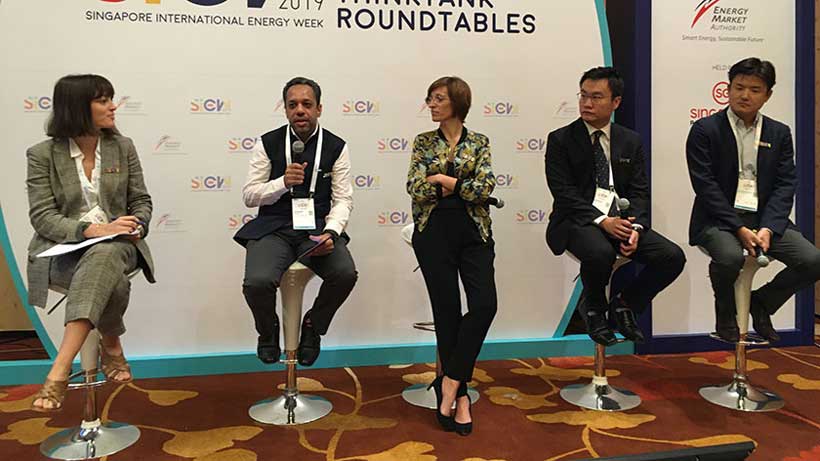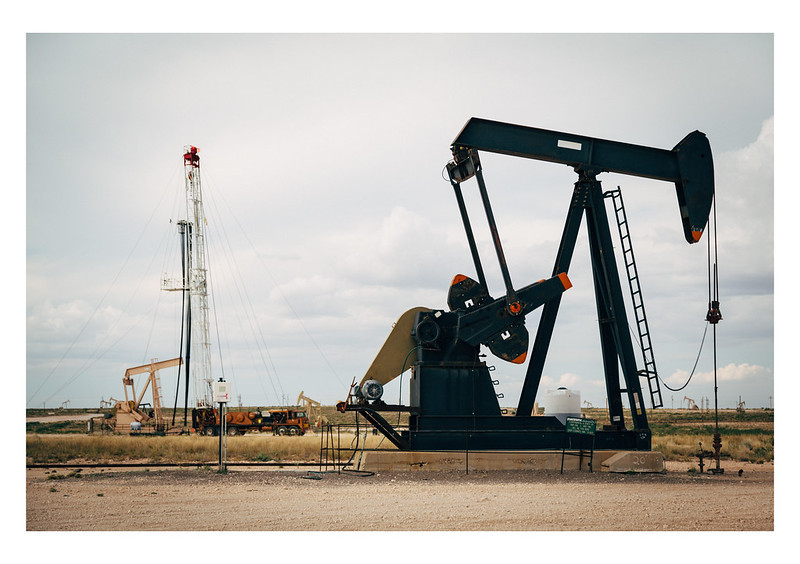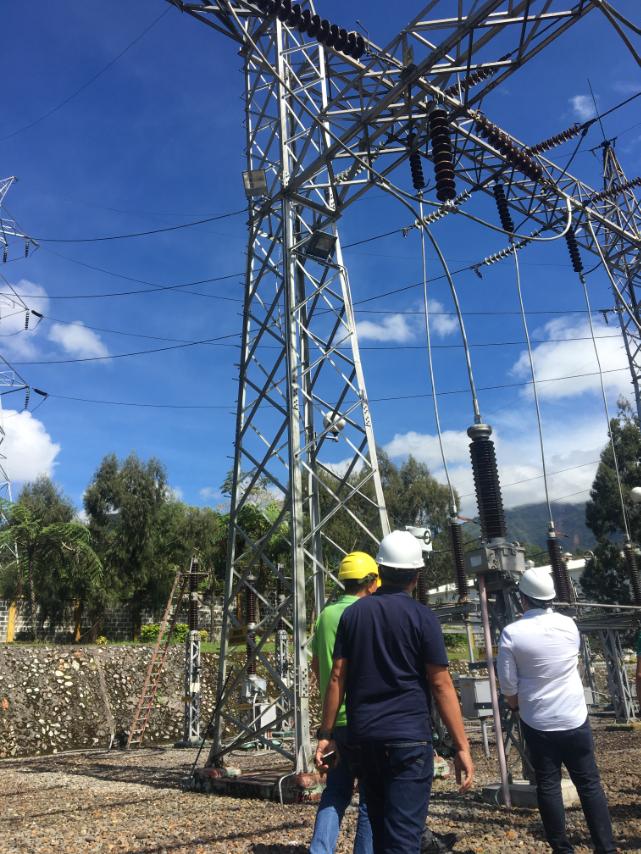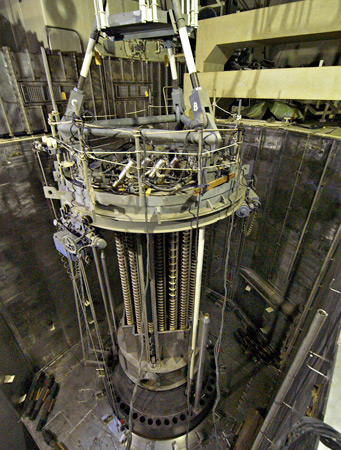The new IEA Southeast Asia Energy Outlook 2019 (SEAO) provides a comprehensive overview of energy prospects in an increasingly influential region for global energy trends. Alongside the scenario projections and analysis, the report contains three “deep dives” – on the future of cooling, on regional electricity trade and renewables integration, and on investment – that reflect priorities for cooperation agreed between Southeast Asia energy ministers and the IEA.
Bolstering investment in more efficient and cleaner energy technologies in Southeast Asia’s power sector is a particularly urgent challenge. Policy makers in many countries of the region are stepping up their efforts to support deployment of renewables across the region, but investment has lagged well behind the levels reached in China and India. Electricity demand in Southeast Asia is rising rapidly, and many parts of the power sector are showing signs of financial strain.
Whichever pathway the region follows, it will need a sizeable increase in investment flows and a reallocation of capital, particularly under a sustainable pathway (in the Sustainable Development Scenario) where renewables spending more than quadruples.
What can be done to put the region on a more sustainable pathway, from both a financial and environmental perspective? This was the question that we addressed in the new IEA report and also at a major IEA Roundtable featuring the insights of financial, legal, industry and policy experts from across Asia, which was held in Singapore on 1 November as part of the Singapore International Energy Week.
Bridging investment gaps with more private finance
To date, public actors – including state-owned enterprises and public financial institutions – have provided the bulk of funding for the power sector, particularly in thermal generation. By contrast, wind and solar PV projects have relied much more on private finance, spurred by specific policy incentives.
In addition, funding for over three-quarters of generation investment has come from within the region. This landscape reflects prevailing decision-making frameworks, which have largely revolved around state-owned utilities and the distortionary impact of energy subsidies, but also the ability and willingness of private players to navigate perceived country, regulatory and market risks that have inhibited much higher levels of investment in the power sector across Southeast Asia.
However, public sources alone cannot cover the sizeable investment needs ahead. Sustained and balanced access to international and regional sources of private finance, complemented by public sources, would better help Southeast Asia fund its energy goals. More robust private financing conditions would help governments to use public capital more effectively, especially in countries with limited fiscal capacity.
Realising this requires reforms and greater policy focus on tackling the risks facing investments, especially in renewables, flexibility assets and efficiency. With the dramatically improved economics of renewables in many parts of the world, the region now has a compelling opportunity to transform its power sector.
While recognizing that market conditions and underlying risks differ starkly by country, the SEAO points to efforts needed across four priority areas:
- enhancing the financial sustainability of the region’s utilities;
- improving procurement frameworks and contracting mechanisms, especially for renewables;
- creating a supportive financial system that brings in a range of financing sources and
- promoting integrated approaches that take the demand-side into account.
Priority 1: Enhancing the financial sustainability of the region’s utilities
The region’s utilities, mostly state-owned, function as the primary counterparty to private generators and are the main investors in electricity networks (which as highlighted in the SEAO, are also crucial for supporting regional trade and integration). Their financial sustainability depends on their ability to recover costs, which is influenced by customer connections, operational performance and regulatory frameworks. Cost-recovery varies across Southeast Asian markets, with particular challenges related to setting retail tariffs in a way that balances system needs and affordability for consumers.
For example, despite improved borrowing conditions for Vietnam Electricity (EVN), financial performance is tenuous and tied to government decisions on electricity prices, which remain low by international standards. By contrast, in Malaysia, a combination of improved operations, better financing and regulations for cost-pass-through supports a relatively high level of per capita investment for grids.
Underperformance can put pressure on government budgets, as in the case of Indonesia. Following several years of improvement, increased financial pressure on PLN, due to rising power purchase and fuel costs in the face of frozen retail tariffs, prompted a year-on-year boost in government subsidies in 2018 (equivalent to over 3% of total state spending). Looking ahead, PLN’s subsidy burden could be sizeably reduced through more cost reflective electricity tariffs. Moreover, changes to retail prices could be tempered through better utilisation of existing generation, more focus on efficiency measures to help slow Indonesia’s demand growth and less dramatic expansion of capacity with contractually onerous terms.
Priority 2: Improving procurement frameworks and contracting mechanisms, especially for renewables
Investment frameworks for power generation have evolved considerably, but further reform could help improve private financing prospects. While independent power producer (IPP) investments are playing an increased role, these have come mostly through administrative mechanisms, such as direct negotiation with utilities, which are often not transparent in terms of price formulation. Price incentives (e.g. feed-in tariffs) under licensing schemes have driven most investment in renewables, but their design is not always effective; in some cases (e.g. Indonesia) tariffs have been set too low to attract investment at current project costs.
Competitive auctions, which can provide price discovery and clear risk allocation through contracts, have helped drive down renewable purchase prices around the world. Most Southeast Asian countries have been slow to adopt them, but implementing such transparent mechanisms for orderly market entry, with a commitment to sustain their use over time, would go a long way to reassure investors.
The case of Viet Nam illustrates challenges and opportunities in terms of policy design and bankability. Attractive feed-in tariffs spurred a boom in solar PV deployment in the first half of 2019, financed mostly by regional players. Yet, perceived risks and financing costs are relatively high and international banks remain reluctant to lend to renewables projects. This stems from risks associated with the standard power purchase agreement offered to IPPs, including areas related to dispatch and payments, as well as concerns over the adequacy of local grids to accommodate a rapid increase in variable generation. Clearer regulations, better policy design, and measures to address system integration and contractual concerns could help to improve the affordability of investments. With financing terms equivalent to those found in more mature markets, generation costs for solar PV and onshore wind could be around one-third lower.
Priority 3: Creating a supportive financial system that brings in a range of financing sources
As changing financing conditions make investing in some legacy parts of the power system more difficult, more effort is needed to cultivate a supportive financing environment for newer technologies while ensuring security of supply. To illustrate, final investment decisions for coal power in the region have fallen to their lowest level in over a decade in 2019 (reflecting a mixture of increased financial scrutiny by banks and overcapacity concerns). There has been a reduction in the number of financiers involved in transactions in the past three years, while IPP projects that have gone ahead continue to rely on a high share of international public finance.
At the same time, mobilising capital in newer areas requires improving the cost and availability of finance. The average loan duration in Southeast Asia is just over six years, far less than the lifetimes of energy and infrastructure assets. The cost of capital for an indicative IPP varies widely – with estimates in Singapore, Thailand and Malaysia at 3-5% (nominal, after-tax), while those for Philippines, Viet Nam and Indonesia are much higher (7-10%). Investors cite limited availability of early stage project development equity and long-term construction debt for renewables and storage, though some dedicated funds, such as the Southeast Asia Clean Energy Facility, are emerging to fill the gap.
Priority 4: Promoting integrated approaches to investment that address the demand side
Integrated approaches to investment, which take into account the demand side, could help to address rising consumption needs more cost-effectively. This is particularly true in fast-growing areas, such as demand for cooling, which is a major driver of supply requirements during peak hours but where more efficient air conditioner units, including those manufactured locally, are available at affordable prices. Efficiency investments can face barriers due to the small transaction sizes (from the perspective of banks), high upfront capital requirements (from the perspective of consumers), challenges in evaluating creditworthiness, and lack of clear labelling to support purchase choices. Low and subsidised retail power tariffs can also distort the investment case.
Addressing information barriers, enhancing financing models and reducing subsidies would better support investment. Energy service companies are addressing the scale and upfront financing challenge of investment. They are well established in markets with long-term energy savings targets and supporting regulations, such as in Malaysia, Thailand and Singapore. Targeted use of public funds, insurance and capacity building can help reduce performance-related risks, as in Indonesia’s Energy Efficiency Project Finance Program. Progress in aggregating and securitising projects, through green bonds for example, could also help attract lower cost finance from a bigger pool of investors. Despite picking up in 2018, with over 40% targeting low-carbon buildings, Southeast Asia accounts for only 1% of global green bonds issuance to date.
Higher investments would yield multiple benefits
Overall, achieving Southeast Asia’s energy goals will call upon stronger policy ambitions across a range of energy sources and significant new capital commitments in the years ahead. As international experiences have demonstrated, where governments provide frameworks that allow for the efficient allocation and management of investment risks, the private sector responds and the cost of capital is reduced.
These efforts would also yield multiple benefits – in the Sustainable Development Scenario, average annual capital spending across the entire energy sector of more than $140 billion over 2019-40 (higher than the $110 billion under the State Policies Scenario), is offset by the nearly $200 billion that Southeast Asian economies would save annually on fossil fuel imports by 2040. Such financial savings would come in addition to improved local air quality and universal energy access, as well as a reduced contribution to global climate change.
There is now an opportunity for investors and companies in Southeast Asian countries to engage with governments in order to encourage financial decisions and policy making that are better aligned with sustainability goals. This includes not just traditional utilities, developers and banks, but also the crucial perspectives of development finance institutions and the institutional investors, whose participation will be critical to funding the region’s energy goals.
As the world’s “All-fuels and All-technologies” energy authority, the IEA will continue to assist ASEAN Member States to tackle their energy policy challenges, including through good data and analysis, training and capacity building and enhanced engagement.








